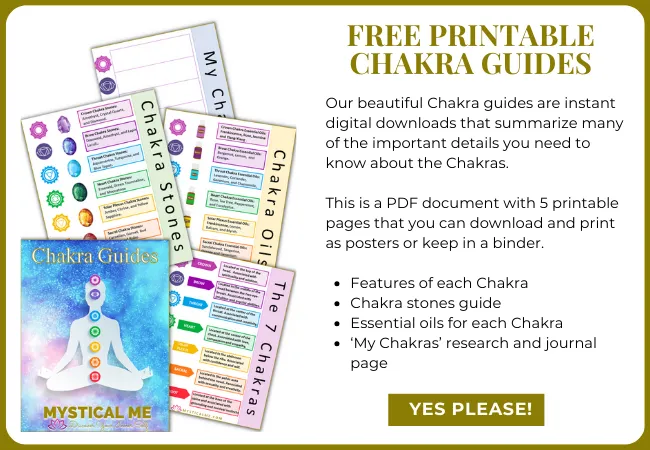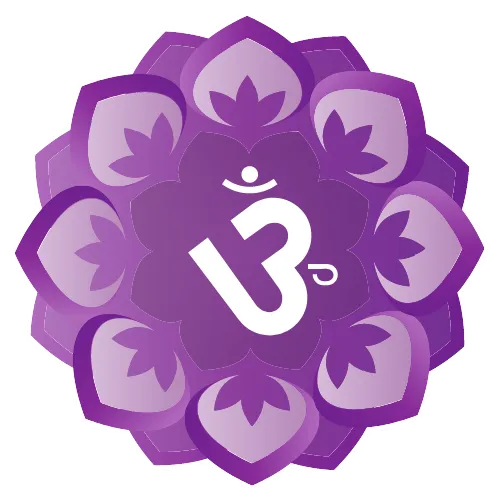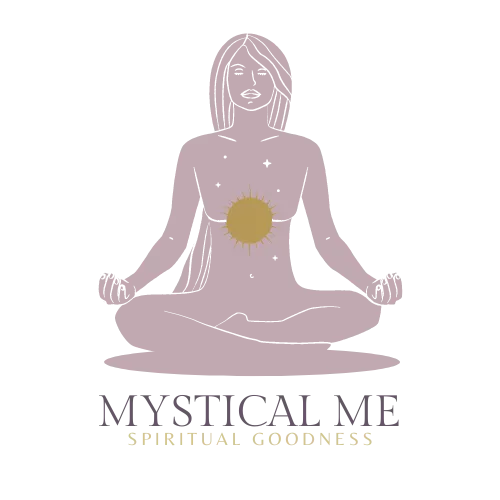
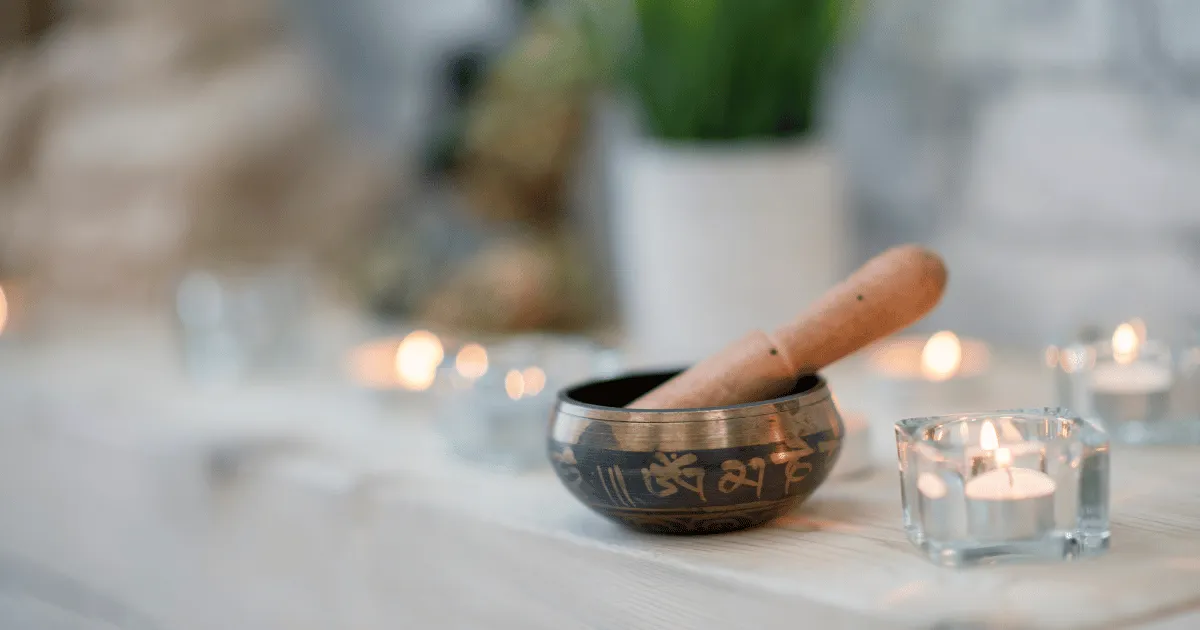
How To Meditate Properly For Beginners: Simple Meditation Techniques
Hi, it's Julie McBride. Welcome back to Mystical Me. "How to Meditate Properly for Beginners" is the topic of today's chat. Thanks for joining in!
Meditation is a powerful tool that can help you reduce stress, increase focus, and find inner peace. However, if you're new to meditation, it can be hard to know where to start. Read on to find out just how simple meditation can be!
How To Meditate Properly For Beginners: Getting Started
Before we get into how to meditate, there are a few things you need to do to make sure you get the best chance of success.
1.Create space in your day for regular meditation practice. This means setting aside a few minutes each day that are just for you so that you are not interrupted. Start with just a few minutes each day and gradually increase the amount of time you spend meditating as you become more comfortable with the practice.
2. Find a quiet, comfortable space for meditation. This could be a spare room in your house, a quiet corner of your bedroom, or even outside in nature. Make sure you're comfortable and won't be disturbed during your meditation practice.
3.Set an intention for your meditation practice. This could be something simple like "find inner peace" or "reduce stress." Your intention will help you stay focused during your meditation practice.

Simple Meditation Techniques For Beginners
Okay, here's the fun part! Meditation can be a very simple thing when you know what to do. It doesn't have to be highly technical at all. Even as a beginner, you will be surprised at just how easy meditating can be.
There are many different meditation styles, but here are basic ones to get you started:
Breath Awareness Meditation
Breath awareness involves focusing on your breath as you inhale and exhale.
Start by taking a few deep breaths, then allow your breath to return to its natural rhythm.
As you inhale, focus on the sensation of air filling your lungs. As you exhale, focus on the sensation of air leaving your body. If your mind starts to wander, gently bring your attention back to your breath.
Body Scanning Meditation
Body scanning involves focusing on each part of your body in turn, starting with your toes and working your way up to your head.
As you focus on each part of your body, notice any sensations you feel in that part of your body. If you lose your concentration, gently bring your attention back to the part of your body you're focusing on.
Visualization Meditation
Body scanning involves focusing on each part of your body in turn, starting with your toes and working your way up to your head.
As you focus on each part of your body, notice any sensations you feel in that part of your body. If you lose your concentration, gently bring your attention back to the part of your body you're focusing on.
Loving Kindness Meditation:
Loving-kindness meditation involves directing feelings of love and kindness towards yourself and others.
Start by focusing on yourself and mentally repeating phrases like "may I be happy" or "may I be at peace." Then, direct these feelings of love and kindness towards others, such as your loved ones or all beings everywhere. If your mind starts to wander, gently bring your attention back to the feelings you are experiencing during the meditation.
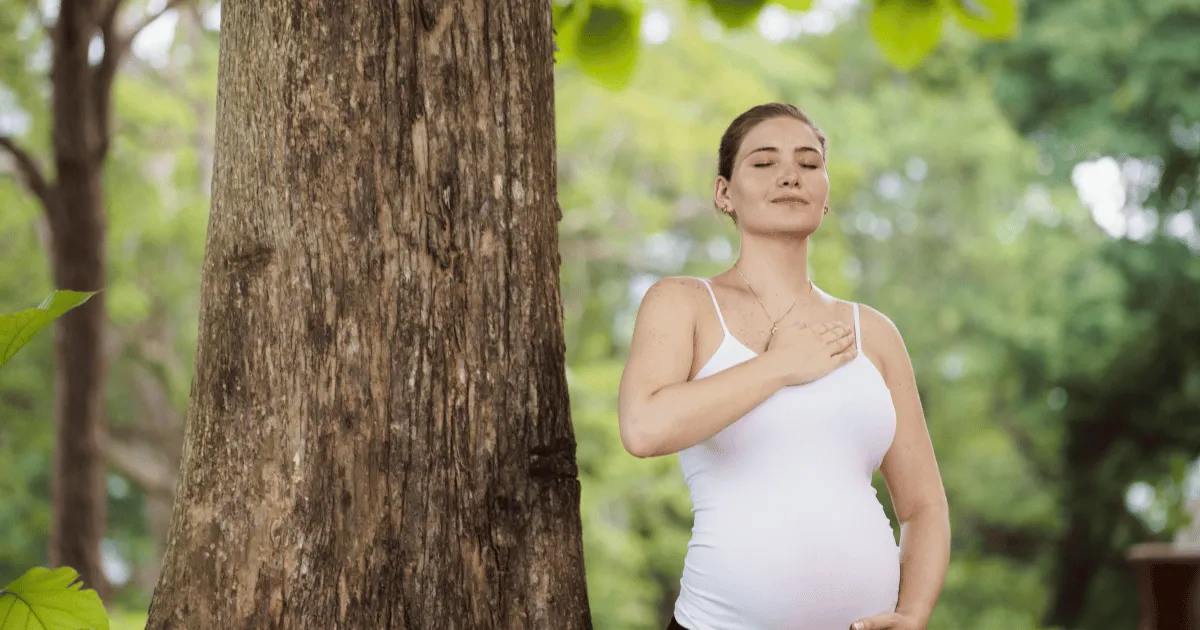
Do I Need Special Meditation Equipment?
In the beginning, you probably do not need to invest in meditation props! The important thing is to just get comfortable and start going inwards. As you try different meditation positions you may like to try some simple tools for comfort.
Some of the things you might find helpful are:
Meditation Cushion - helpful if you have trouble sitting cross-legged on the floor
Blankets or a throw rug - for if you get cold during your meditation practice
Eye Mask - may help if you're easily distracted by light or visual stimuli.
Incense and candles- associate you with your meditation routine.
Common Challenges When You First Start Meditating
As you start your meditation practice, you may encounter some common challenges, such as a busy mind or physical discomfort. But don't worry, these are normal and part of the process.
Here are three common problems you may experience:
1. A Wandering Mind
You will find in the early days that you find it hard to stay focused on your meditation. When this happens gently bring your attention back to your breath or the part of your body you're focusing on. Do this as often as you need to..and don't give up. This gets easier with time.
2. Physical Discomfort
When experiencing physical discomfort, adjust your posture or try using a cushion or blanket to make yourself more comfortable. Sitting still sounds simple, but at the start, you may find you need to experiment a bit. Don't be worried about doing this. It's important to find a position that suits you
3. Lack Of Motivation
If you're struggling to find the motivation to meditate, try setting a reminder on your phone or calendar to help you remember to practice each day. You could also start a journal to keep track of your progress. Reflecting on how you have improved from day to day can be very inspiring when a lack of willpower rears its head!
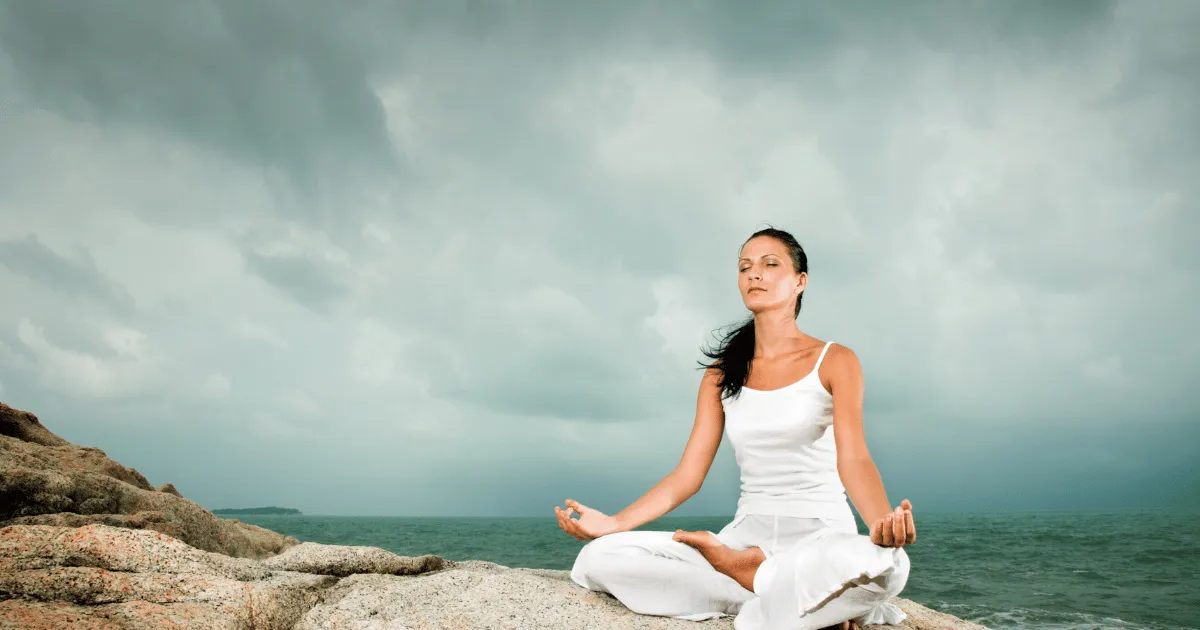
Wrapping Up: How To Meditate Properly For Beginners
If you've made it to the end of our "How to Meditate Properly For Beginners" post well done! Hopefully, meditation won't seem like such a challenge and you will be able to start your own practice ...Why not today?
To sum up, meditation can be a powerful tool for reducing stress, increasing focus, and finding inner peace. By trying out these different basic meditation techniques, you can find the one that works best for you and incorporate it into your regular practice.
Remember to be patient and gentle with yourself as you explore these techniques. With time and practice, you'll find that meditation becomes an essential part of your daily routine.
I hope this has helped you get started on your meditation journey.
With Love

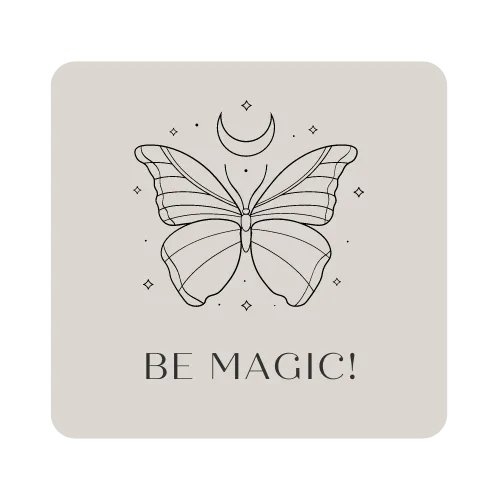
"Within each of us lies the
infinite potential for magic,
wonder, and spiritual growth."
DISCOVER JUST HOW MYSTICAL YOU REALLY ARE!


"Within each of us lies the
infinite potential for magic,
wonder, and spiritual growth."
